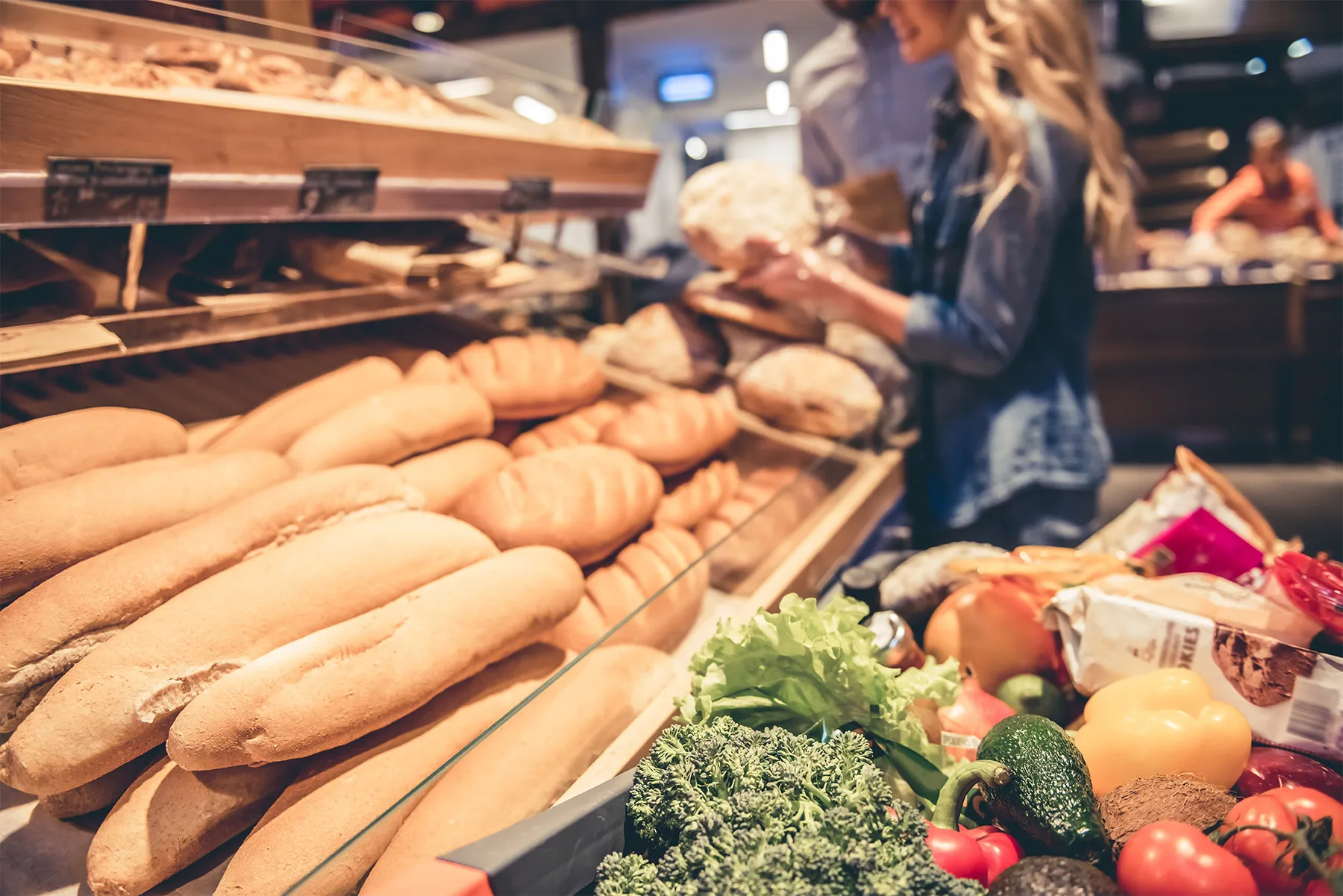

As you’ve likely already heard, Amazon just bought Whole Foods, which to some, may have seemed like a step backward for the e-commerce giant. After all, Whole Foods has recently closed some stores and scrapped plans to open 1,200 new locations. So why did Amazon buy this recently not-so-successful chain? We know the answer: faster rollout of the innovative Amazon Go technology and more convenient pick-up for online orders.
For $13.7 billion, Amazon has bought all 440 of Whole Foods’ stores in the U.S., plus their 11 regional distribution centers.
Amazon had already started to break free from strictly e-commerce into the physical retail world with their nationwide fulfillment centers, eight bookstores, two drive-up grocery stores and pilot Amazon Go automated grocery store in Seattle. Now, Amazon’s sudden acquisition of hundreds more grocery stores means big things for the future of retail as we know it.
Faster rollout of Amazon Go
Despite recent issues with the Go technology that allows customers to simply walk out with their selected items and be automatically charged via sensors, the acquisition of Whole Foods indicates that Amazon is confident the easy in-and-out model can see a widespread implementation very soon. Instead of slowly building all new Amazon Go grocery stores, the automated shopping technology can be added to Whole Foods’ 440 stores nationwide. That means you’ll get to experience cashier-less shopping faster than you expected.
Amazon grocery pickup in store
Even though grocery delivery through services like Peapod and Instacart are gaining traction, it will never completely overtake in-store grocery shopping. In fact, only 15 percent of people who try grocery delivery use it again.
It makes sense that grocery delivery just isn’t catching on. Last-mile, perishable grocery delivery is a major challenge for which online retailers have yet to find a cost-effective solution. Logistical problems like keeping some produce cold, other items at room temperature, milk unspilled and eggs fully intact have no easy fix. But by acquiring nationwide brick-and-mortar grocery stores, Amazon has found an elegant workaround to this last-mile delivery problem.
Instead of relying on door-to-door delivery, with more brick-and-mortar locations, Amazon can now sell groceries much more easily. Shoppers can pre-order their pre-packaged goods online for easy pick-up and still hand select fresh produce and bakery items in one trip. Shoppers will have a faster, all-inclusive grocery shopping experience the way they actually like to shop: on location in their favorite store.
VTS thinks there could be store closings in the near future for Whole Foods, but we disagree. We view this merger as further proof that brick-and-mortar isn’t dead, especially not in grocery because of the sensory and experiential nature of food. Even the leader in e-commerce knows it. Retail CRE professionals can rest easy knowing that physical retail is secure for the future, provided retailers take advantage of the newest technology.
The key to future brick-and-mortar retail success is experiences. Whole Foods is an experiential grocery store, offering more than your essentials––the new flagship location in Chicago is also a food hall complete with an arcade. In buying Whole Foods, Amazon is breaking into more than just the brick-and-mortar retail market, but the experiential market as well.
Now, if other retailers want to keep up with Amazon’s success, they’ll have to get started preparing to implement experiences, automation and quick pickup in their stores, because that’s what consumers will expect. Help your clients stay ahead of the curve and choose locations that will allow them to make tech updates and entice consumers.
Learn more about the future of tech in retail and check out our blog on predictive technology.